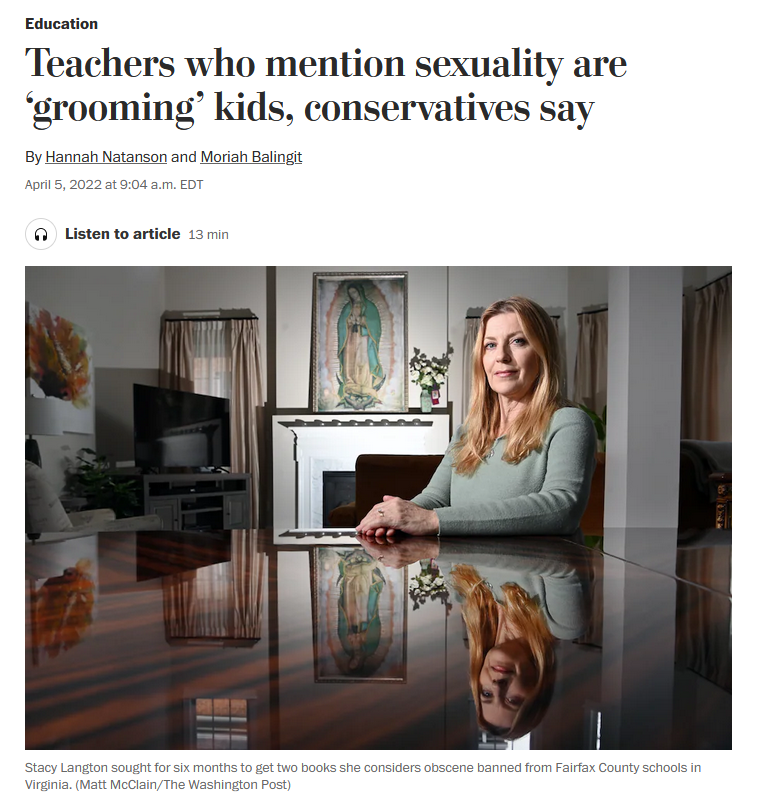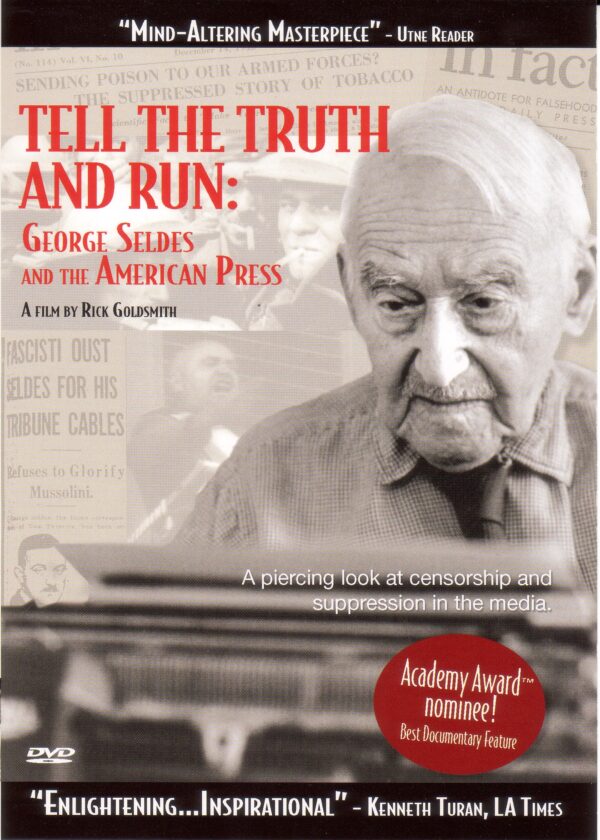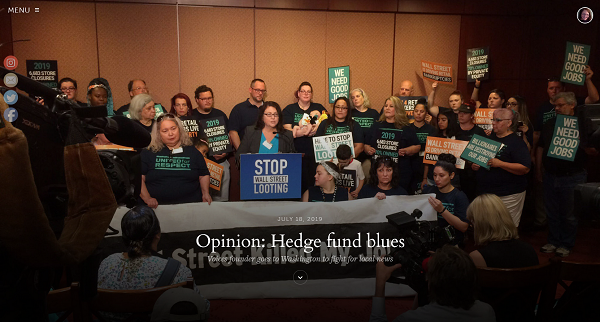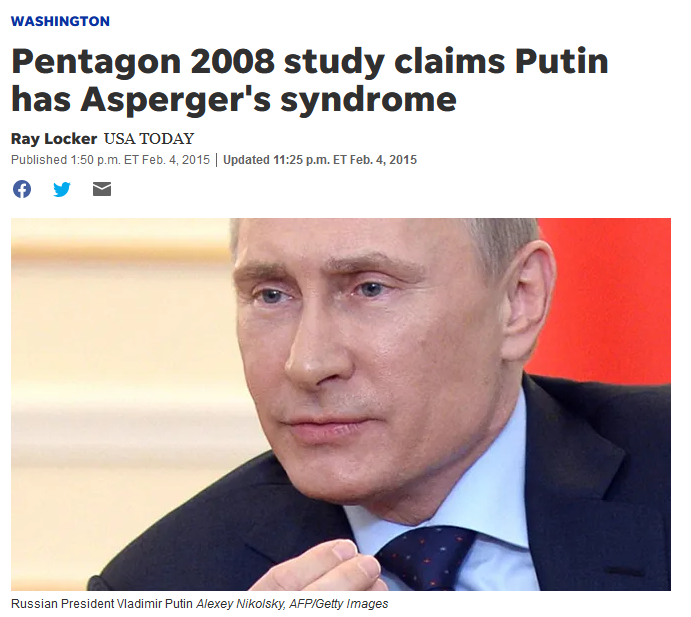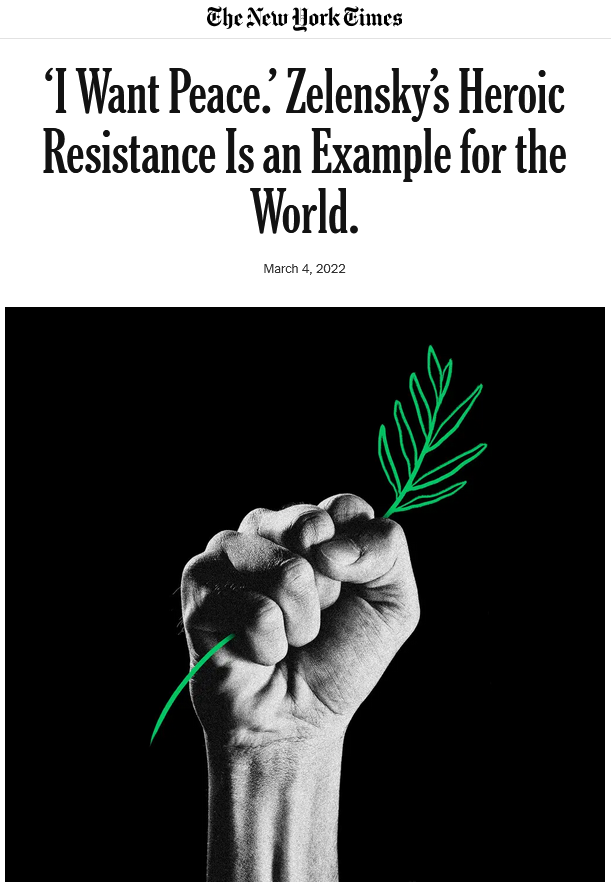Janine Jackson interviewed the Philadelphia Inquirer‘s Layla A. Jones about “Lights. Camera. Crime,” for the April 15, 2022, episode of CounterSpin. This is a lightly edited transcript.

Philadelphia Inquirer (3/29/22)
Janine Jackson: Anywhere in this country, you can turn on the local TV news and see pretty much the same thing: two hosts, likely a man and a woman, joshing back and forth in between tightly edited clips, a weather person in front of a green screen, some sports—and crime. Lots of crime.
Shootings and stabbings and muggings, police-taped streets, people marched off in handcuffs—often followed by a call for viewers to phone tips into a Crimestopper hotline. You’re watching “Eyewitness News,” or some variant on the format pioneered in Philadelphia in the 1960s.
Along with its competitor/corollary “Action News,” this format didn’t just revolutionize local TV news, attracting viewers and the ad money that comes with them. It directed viewers gaze in particular ways, presenting Black Philadelphians through a lens of pathology, their communities as sources of danger and threat.
The Philadelphia Inquirer is engaged in a project looking at the roots of systemic racism in America through institutions founded in Philadelphia. “Lights. Camera. Crime,” is an early installment, a look at a widely influential news format and its impacts, reported by our guest, Layla A. Jones. She joins us now by phone from Philadelphia. Welcome to CounterSpin, Layla Jones.
Layla A. Jones: Hi, thank you for having me.
JJ: It’s strange to think of the “Eyewitness News” format starting; for many people, it’s the only sort of local TV news they’ve ever known, is this kind of crime, crime, crime, here’s a penguin at the zoo, you know? What did you learn about the origin story of this way of doing local TV news?
LAJ: Yeah. I think you’re exactly right. That was a feeling that I had while reporting, that this is the kind of news that you think just existed, but no, it was created, and intentionally. But also, can I say that that intro really wrapped up the whole piece? I don’t see what else I can possibly add.
But, yes, what I learned reporting, I spoke with the creator of “Eyewitness News,” which started in 1965. And, basically, he was a young guy at the time, 30 years old. And prior to “Eyewitness News,” what news looked like was one middle-aged to older white male reading through the news in, like, a radio format, a radio news reader format. And what the creator of “Eyewitness News,” Al Primo, learned was that you can have multiple reporters appear on screen with their original reported stories for no additional cost to the station.
And when he learned that, he just made it a lot more dynamic. He made a family of reporters, a family of anchors, the male and female that you talked about, they kind of banter back and forth. What we called it in the piece was the rise of infotainment. It was a mix of showbiz and news, and it was on purpose, to draw eyes, to get more advertising and more revenue for the stations. Prior to that, the news was not profitable, and afterward it became networks’ big moneymaker.
JJ: And the format worked so well that, as listeners know, it really spread around the country. I guess let’s talk about the context in which this is happening in Philadelphia, because as this infotainment format is growing up and flourishing, this is a time of white flight and changes—demographic, racial changes—in Philadelphia. And that backdrop, or that context, is important.

Layla A. Jones: “The more people watched local television news, the more likely they were to associate criminality with being Black.”
LAJ: Yes, exactly. And like you mentioned, it did spread. “Eyewitness News,” and then “Action News,” which came afterwards, went to more than 200 US cities, but also went international, that format. But, yeah, when it was coming up in the late ’60s, and then “Action News” in the early ’70s, at the same time, there was this suburbanization and white flight happening in urban centers, and for a variety of reasons. We were coming off of the civil rights movement, there was a change in industry and work in cities, but also the news was broadcasting city and urban life as something scary, as something very Black and something dangerous.
And I guess what we talk about in the piece is that this portrayal of urban environment definitely did fuel fear among viewers. They basically said, we proved in the lab that the more people watched local television news, the more likely they were to associate criminality with being Black, the more likely they were to support criminal justice policies that fuel mass incarceration, like longer sentences and even the death penalty. And so the way that TV news portrayed Black and urban communities really did affect—it does affect—people’s public opinions of Black people and of our communities.
JJ: Let’s talk a little bit about what that format was. One reporter that you spoke to—and one of the great things about the piece is that you really do talk to a lot of veteran journalists who were there—a guy, Vernon Odom, describes the format as, “You’ll laugh, you’ll cry, you’ll watch him die.”
So it’s no secret, internally, that they’re doing a particular kind of coverage. And, in fact, they were told, they had consultants tell them, “No, crime is your thing. You want to go with crime.” And then the question is, what crime? Crimes committed by whom, or in which community? They’re making decisions. It’s not an accident, the way this news looks and the effects that it has.
LAJ: Yeah, you are exactly right. And I think the important point to make is that what was happening when these formats were on the rise is really multi-layered. So, first of all, it was being run at the top, and even from the top, basically all the way down, by all white people. A lot of these people were very young, because 1965, 1970, this was brand new. So they’re all learning together.
Then they’re intentionally trying to attract, and this is especially “Action News,” intentionally trying to attract a suburban audience and, locally, our suburbs are more white. So they’re trying to attract a white, suburban audience, because they believe that’s where the money is, and that’s what’s going to draw advertisers.
We also looked at the commercials. A lot of the commercials in between these news segments featured white families, and white picket fences, and things that you don’t really see in the cities that they’re reporting about.
So with all those layers going on, what “Action News” found to work for them, what shot them up past their competitor, “Eyewitness News,” was focusing happy, upbeat and community-oriented stories in the suburbs. So the stories about backyard festivals or charity events, they’ll have a photographer go out there just to cover those good events, to make those people feel seen, and to make sure they tune in and watch the news.
At the same time, the stories that can fill up the time and the newscast and are easy, quick, close by and cheap to cover, which is literally what a veteran anchor Larry Kane told me, are crime stories. He was like, you know, the photographer would just shoot the blood, shoot the scene, you shoot the victim, whatever they have to say, and you can do it in 20 seconds. And speed was another element of this format.
And so it created this dichotomy. And, again, I like to say that I don’t believe, from talking to anyone, that it was like, “We hate Black people and we just want to make them look bad.” I just think it was a complete carelessness, and then once they were told, because the stations had been told, this is harmful, they never changed their approach. And I think that’s really important, too.

(Verso, 2012)
JJ: And the piece has that complexity within it, in part, because it just allows people to speak, and people are complex. This is, of course, a long unfolding conversation and struggle, and it goes back to media depictions of Black people and brown people, and the impacts that has societally, that goes back to the founding. And I always recommend, here, the book News for All the People by Joe Torres and Juan Gonzalez on that, which is excellent.
And then some of our listeners are going to remember the Kerner Commission report, back in the wake of 1967 unrest, that talked about the problems that we’re just talking about, saying that the news is pathologizing Black communities, and it makes it seem as though only white people have full lives, you know, and go to PTA meetings. Black reporters have been trying to navigate this from the beginning, haven’t they? And I just found their experiences and their different strategies very interesting. And I was happy to see those voices in the piece.
LAJ: Yeah, it’s funny, because even before reporters were really a thing, Black people have been correcting media narratives. So one of the examples that I mentioned, and it happened in Philadelphia, was in 1793 after the yellow fever epidemic, Black leaders had to put out their version of news to correct a racist account of their work during that epidemic, their health and safety work.
Some of the pioneering African-American reporters that I spoke with were Trudy Haynes, who is now 95, and in 1965, she was the first Black woman news reporter in Philadelphia when she was hired at “Eyewitness News,” which was something intentional that the creator, Al Primo, wanted to do. He said he learned that people wanted to see Black people and brown people on the news.
And she said that she went out and she tried to do whatever it was that our brown story was, that’s what she said. She said she always tried to look for the color. She did what she thought the story should do. And in the editing, she went back with the editors and demanded that they use certain images to run with her story, and usually she was talking about images of Black people being positive, productive, normal, like we are.
Vernon Odom said something really similar, that even when he covered hard news like crime, like violence, like disaster, that he tried to put in the social context that he understood as a Black person, and that his white colleagues did not understand, is what he said. But they always have worked really hard, and I think a lot of Black people have a desire to represent our communities correctly.
But one thing I did was ask Ms. Trudy Haynes, if she felt like her work there caused institutional change at the station. And what she said was, “I don’t know if they felt the same way I did,” but she said, I just tried my best and I stayed on as long as I could.
JJ: Yeah. It’s always a question, and an active question: Do you work inside institutions that need change? Do you go build a whole ‘nother ship over there? And I think we always kind of land on doing both, and hopefully supporting one another. And it’s very important to—people aren’t calling for just more upbeat stories about Black people in the news. Presenting a more full, human picture of Black communities also involves unpacking the “negative stories,” and actually being able to talk about racism and white supremacy and institutions.
And just to go back for one second to that format, one of the things about the format is that it doesn’t do follow-up. You see the crime, you see the violence, but it isn’t the practice of an “Eyewitness News” station to go back to that community, to go back to that family later. And it’s that depth and complexity that’s part of what people are demanding, are calling for.
LAJ: Exactly. One of the experts I talked to, basically, he called it extractive. Like they just drop in—we’ve heard of parachute journalism—get their story and go, and that’s just because that’s what it’s designed to do. It wants to be quick, it wants to be fast, and it wants to get eyeballs on the newscast. It really isn’t necessarily about telling the best story. The anchors and reporters from the past and present told me that they kind of feel like print journalists get to tell a more holistic story, and they just want to be quick. And so that’s how we kind of get where we are now.
JJ: And cheap as well.
Well, this interrogation of institutions and practices, and I know anyone listening knows we’re not talking about history; we’re talking about history because of the way that it relates to the present. It’s part of a bigger project that has deeper intentions than most.
I’d like to ask you to tell us a little bit about the Inquirer’s project, “A More Perfect Union,” that this piece is part of, because listeners will know that, after George Floyd, there was a moment where we kept hearing that there was going to be a reckoning. We get a reckoning every year or so. We hear that we’re reckoning with racism in this country.
But media outlets seemed to take it more seriously than they generally do, to see themselves as also institutions that need to be looking internally, and looking at their role. And that’s what this “A More Perfect Union” project is about, isn’t it?
LAJ: Yeah. So “A More Perfect Union” at the Philadelphia Inquirer, it was created by Errin Haines. She is our contributing editor and she’s also the founder at The 19th. But basically the overarching view of this project is that Philadelphia was the home to a lot of first institutions: the first hospital, the first prison, the first bank and things like that.
So if we talk about institutional racism, we’re looking, in a lot of places, to Philadelphia to figure out how those institutions were founded, and how, from their beginning, racism was baked in. Then we’re going forward through the present to see how it’s still affecting people, tracing it through that origin point till today. And then trying to look to the future and see, are these institutions making changes? Why or why not? Where can they make changes? And how can we create a more perfect union, with the belief that America can work for everyone.
JJ: Yeah. Yeah. Well, finally, nobody you spoke with thinks the work is done, or has a rose-colored-glasses view towards it. We will see how truly radical media are going to allow this institutional interrogation work to be. But if we don’t fight for it, then what are we doing? And there’s a lot we can learn along the way.

Philadelphia Inquirer (2/15/22)
LAJ: Yeah. And I will say that in the first chapter, the Inquirer did a look at its own self. I think it was founded in 1829, and we got a freelancer to dig into the racial hiring discrimination here. And so it is something that I think media organizations, especially because they’re so public-facing, are trying to really take a look at it.
JJ: Yeah. That was Wesley Lowery. And I would love to end, he quotes Rev. Mark Tyler, who says, “I don’t know if the Inquirer is capable of the change that is needed, just like I don’t know that America is capable of the change that is needed. But I desperately hope that it is.” Sounds about right. Any final thoughts?
LAJ: One thing that I wanted to say about the importance of the series and these media stories is that, kind of bringing into right now: In the Ukraine, with the war going on, they had African-American human rights aides going over to help, and they put out a press release saying that they might face racism from the Ukrainians.
And the reason that they said that Black people might especially be victim to that kind of harm and treatment is because of how they’re portrayed in the media, and because Ukrainians don’t usually see African Americans. And that’s the whole problem with the TV news, that it’s portraying Black people to people who don’t even live around them, don’t live around us.
And so it just shows how important those false and not objective narratives are in shaping public opinion.
JJ: All right, thank you very much. We’ve been speaking with Layla A. Jones, reporter at the Philadelphia Inquirer. You can find “Lights. Camera. Crime: How a Philly-born Brand of TV News Harmed Black America” and accompanying video, along with other pieces from the “A More Perfect Union” project, online at Inquirer.com. Layla Jones, thank you so much for joining us this week on CounterSpin.
LAJ: Thank you.
The post ‘This Portrayal of Urban Environment Definitely Did Fuel Fear’ appeared first on FAIR.
This post was originally published on FAIR.























